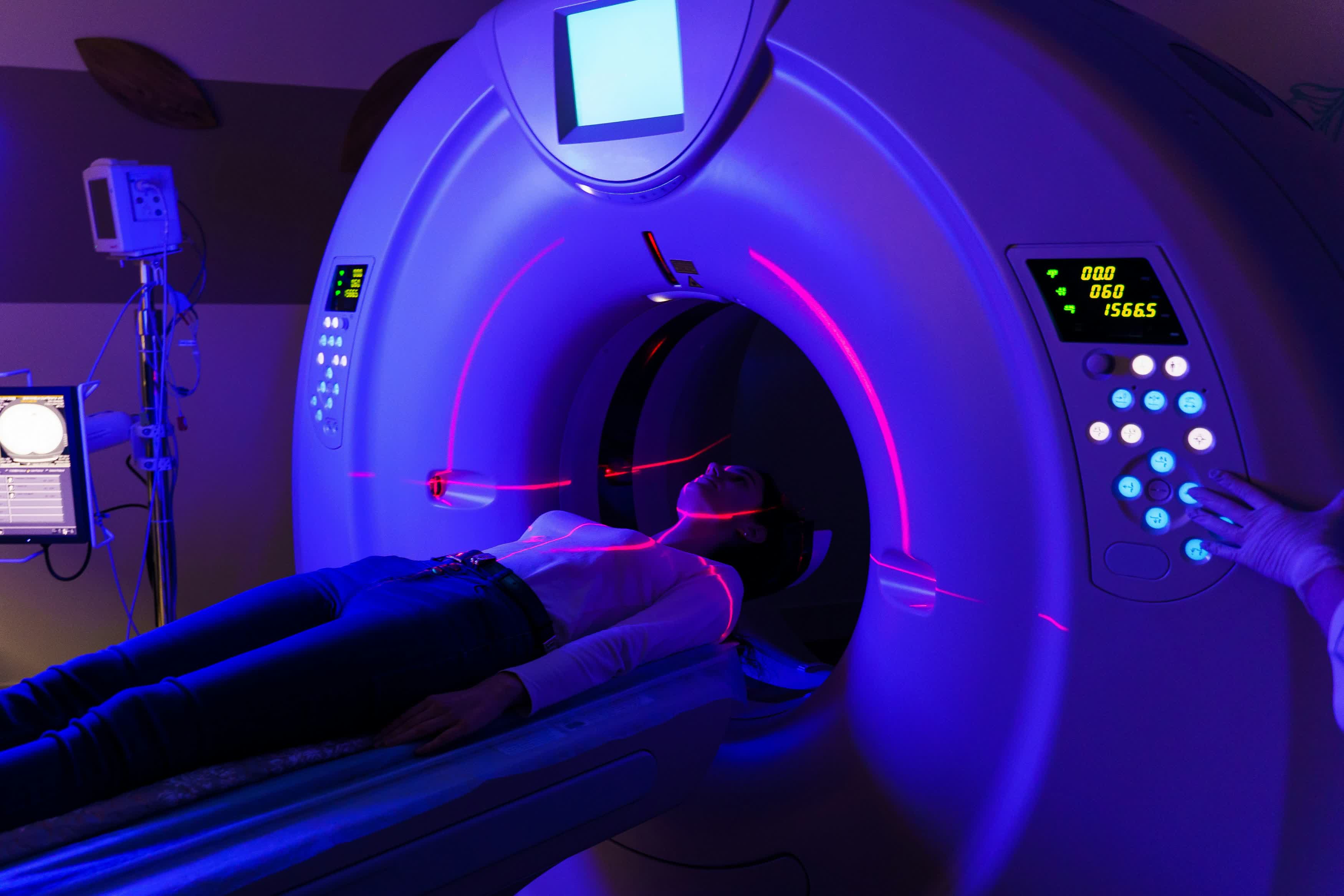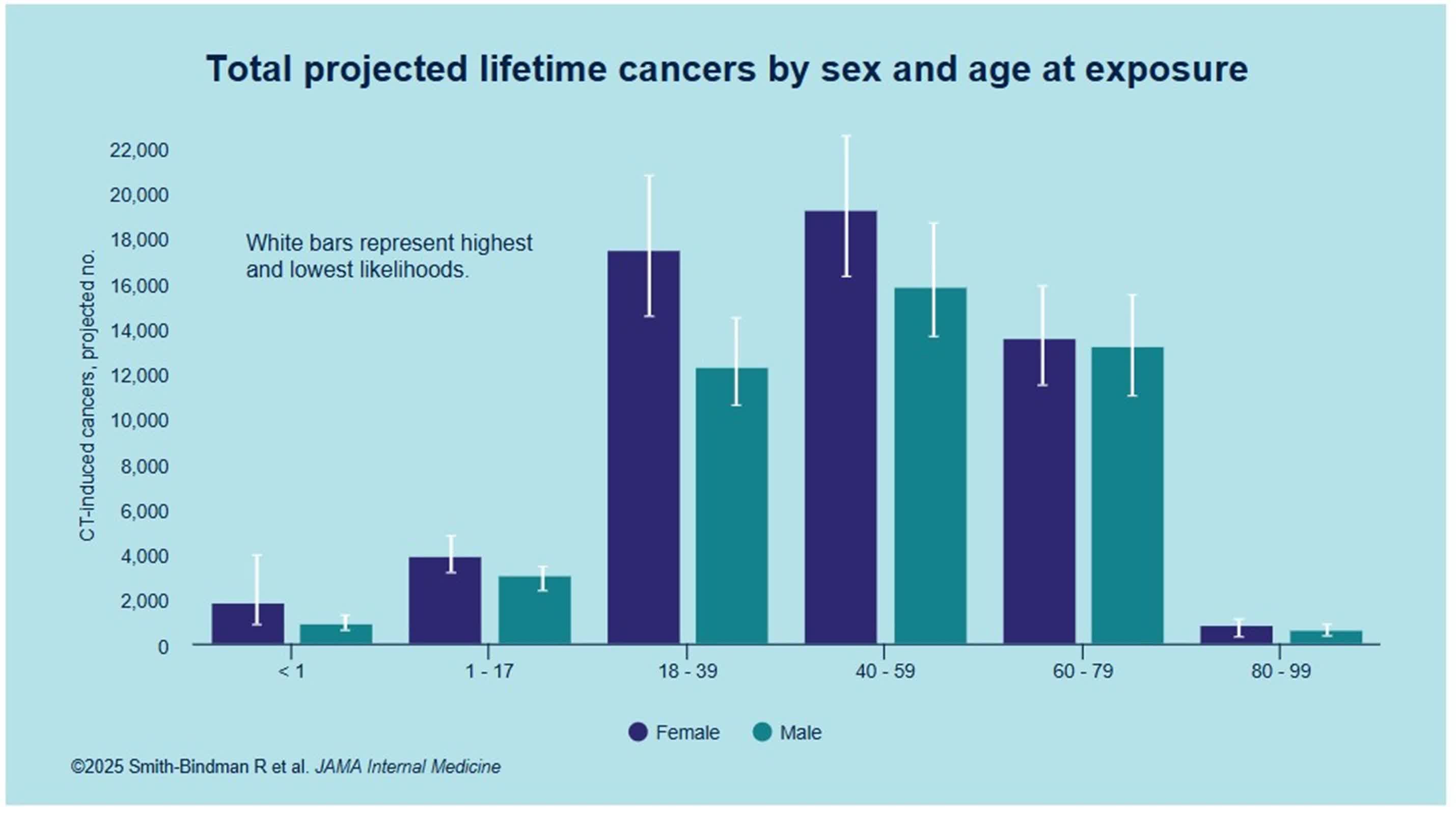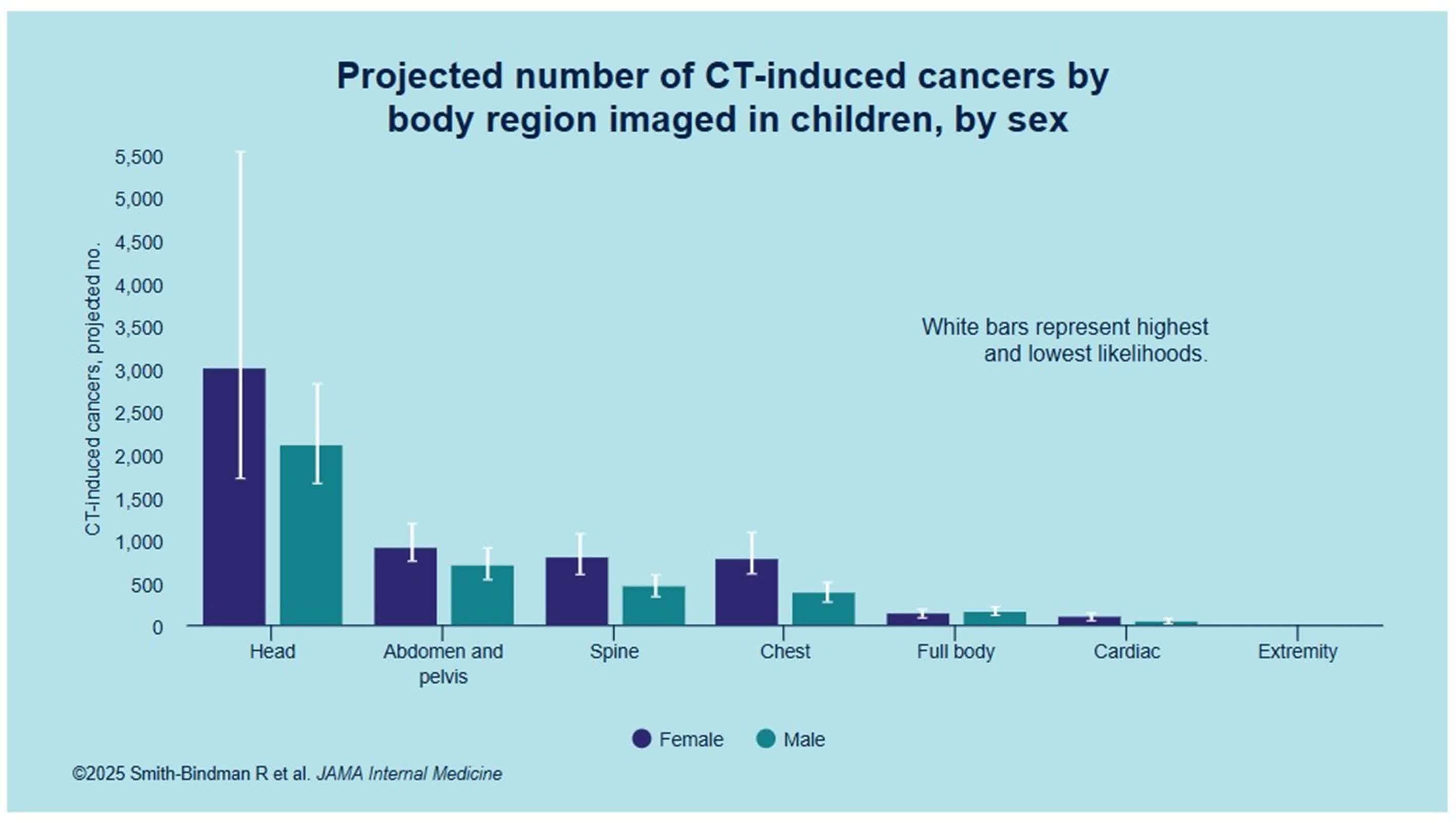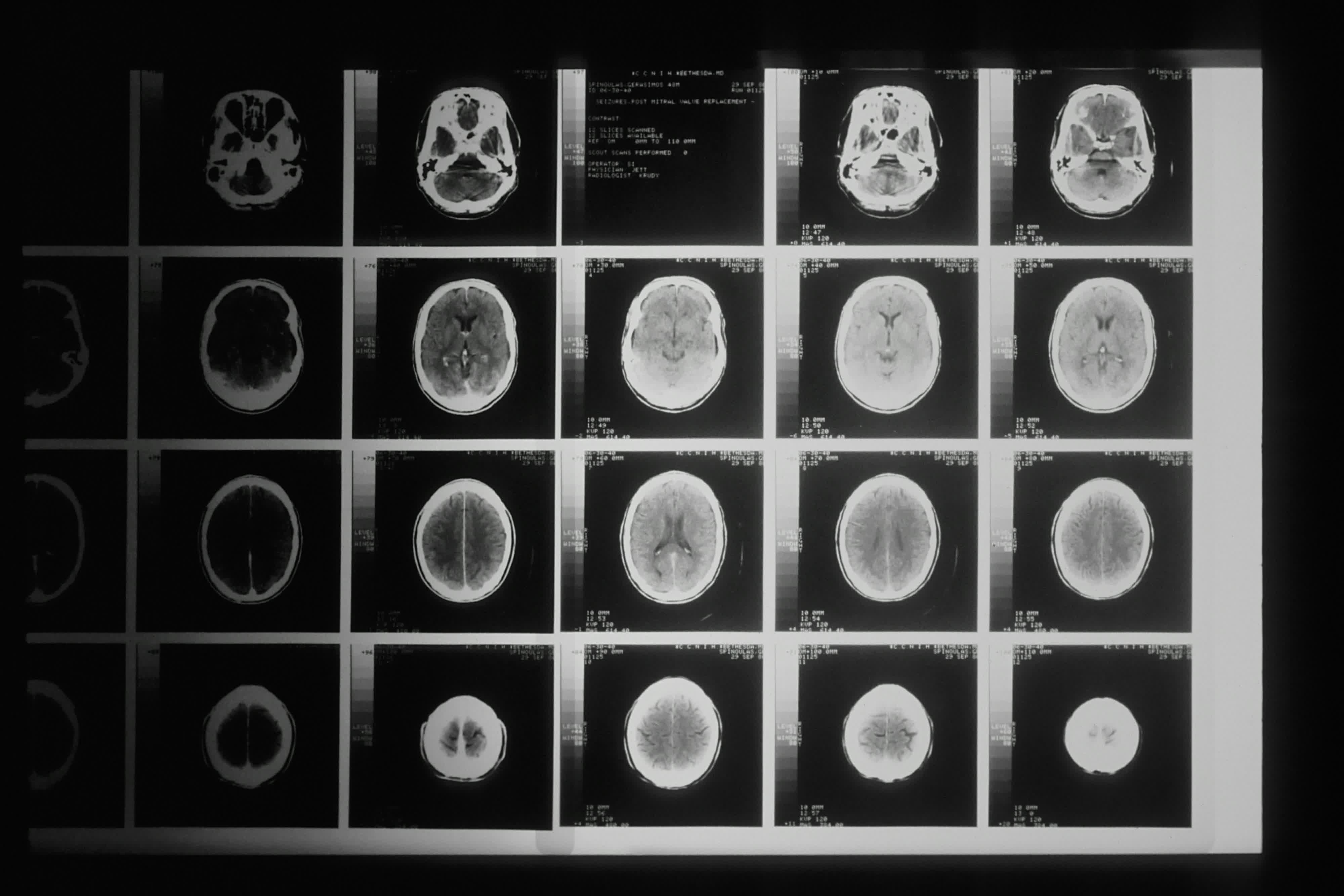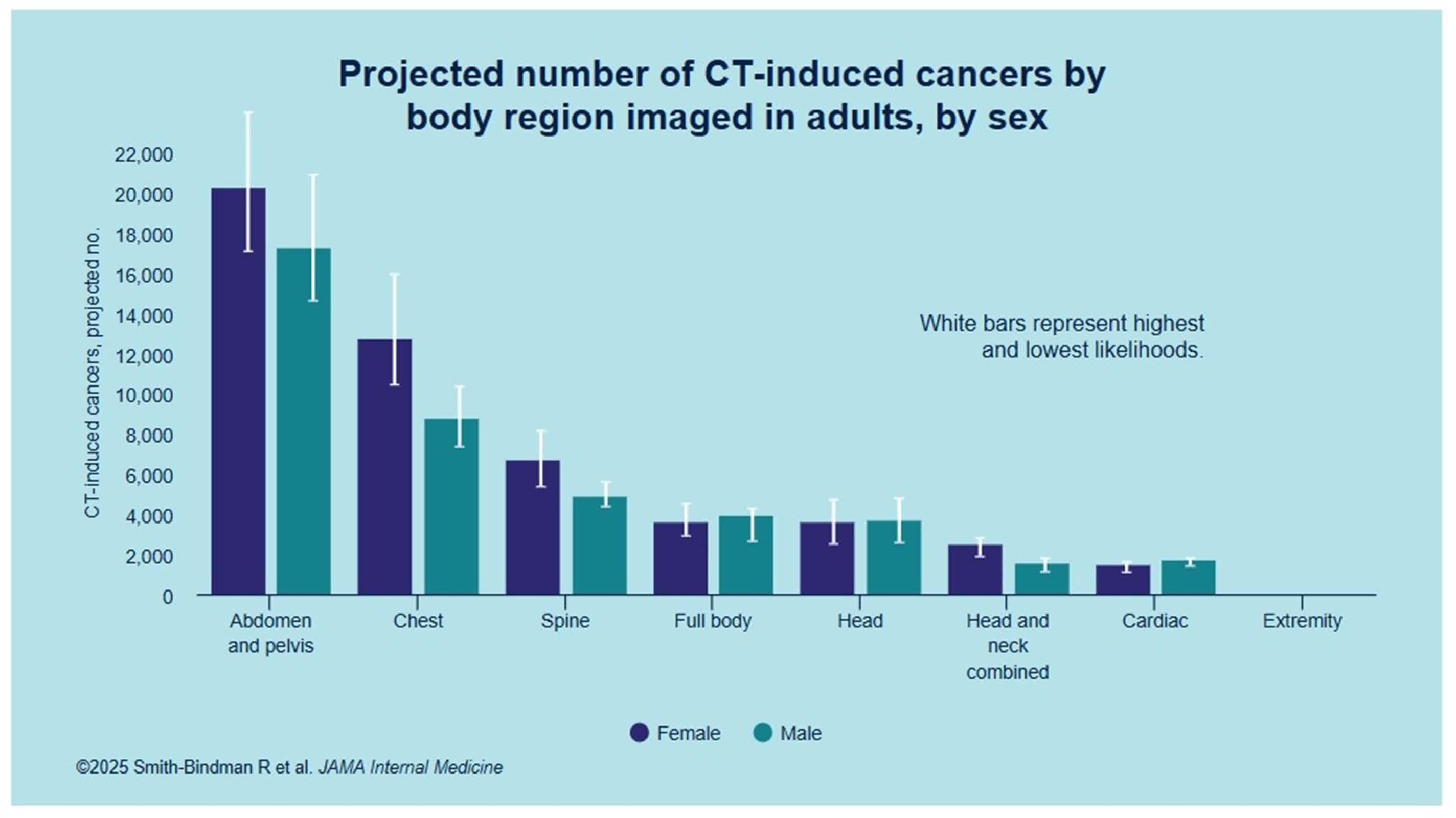A hot potato: A new study from UC San Francisco is raising alarms about the widespread use of computed tomography (CT) scans in the United States, warning that the technology may be responsible for as much as 5 percent of all cancers diagnosed each year. The research, published in JAMA Internal Medicine and funded by the National Institutes of Health, suggests that the risks associated with CT scans – particularly the exposure to ionizing radiation – are far greater than previously believed.
"CT can save lives, but its potential harms are often overlooked," said Dr. Rebecca Smith-Bindman, the study's lead author and a UCSF radiologist. Smith-Bindman, who also serves as a professor of epidemiology and biostatistics, said there is an urgent need to reconsider current practices. "Given the large volume of CT use in the United States, many cancers could occur in the future if current practices don't change," she said. "Our estimates put CT on par with other significant risk factors, such as alcohol consumption and excess body weight. Reducing the number of scans and reducing doses per scan would save lives."
CT scans, also known as CAT scans, have become a mainstay in modern medicine, used to detect tumors and diagnose a wide range of illnesses. Since 2007, the number of annual CT exams in the US has jumped by 30 percent. In 2023 alone, Americans underwent 93 million CT scans, a figure that researchers say could result in nearly 103,000 new cancer cases – three to four times higher than previous estimates.
The study's methodology set it apart from earlier research. The approach used more accurate and individualized CT dose and utilization data than prior studies, allowing the researchers to produce more precise estimates of the number of radiation-induced cancers, explained co-author Dr. Diana Miglioretti, a breast cancer researcher and division chief of biostatistics at UC Davis.
The findings indicated that the excess cancer risks associated with CT scans also apply to the youngest patients and, again, are higher than previously recognized. Researchers analyzed data from 93 million CT exams performed on 61.5 million patients across the country. The likelihood of receiving a scan increased with age, peaking among adults aged 60 to 69. Children made up just over 4 percent of the scans, but the risks for this group were particularly acute. The study excluded scans performed in the last year of a patient's life, as these were unlikely to contribute to future cancer cases.
Adults between the ages of 50 and 59 were projected to have the highest number of CT-related cancers, with 10,400 cases in women and 9,300 in men. Among adults, the most common cancers linked to CT scans were lung, colon, leukemia, bladder, and breast cancer.
For children, the most frequently projected cancers were thyroid, lung, and breast. The data showed that CT scans of the abdomen and pelvis were the largest contributors to cancer risk in adults, while head scans posed the greatest risk for children. Notably, infants who underwent CT scans were found to be ten times more likely to develop cancer compared to other age groups.
The study's authors pointed out that many CT scans may be unnecessary, particularly those ordered for conditions like upper respiratory infections or headaches without alarming symptoms.
They urged patients and clinicians to consider alternatives or lower-dose scans when possible. "There is currently unacceptable variation in the doses used for CT, with some patients receiving excessive doses," Smith-Bindman said.
Dr. Malini Mahendra, a UCSF assistant professor of Pediatric Critical Care and co-author of the study, stressed the importance of transparency with families. "Few patients and their families are counseled about the risk associated with CT examinations," she said. "We hope our study's findings will help clinicians better quantify and communicate these cancer risks, allowing for more informed conversations when weighing the benefits and risks of CT exams."
Study finds CT scans could be responsible for 103,000 new cancer cases in the US each year
